Most Common Game Words
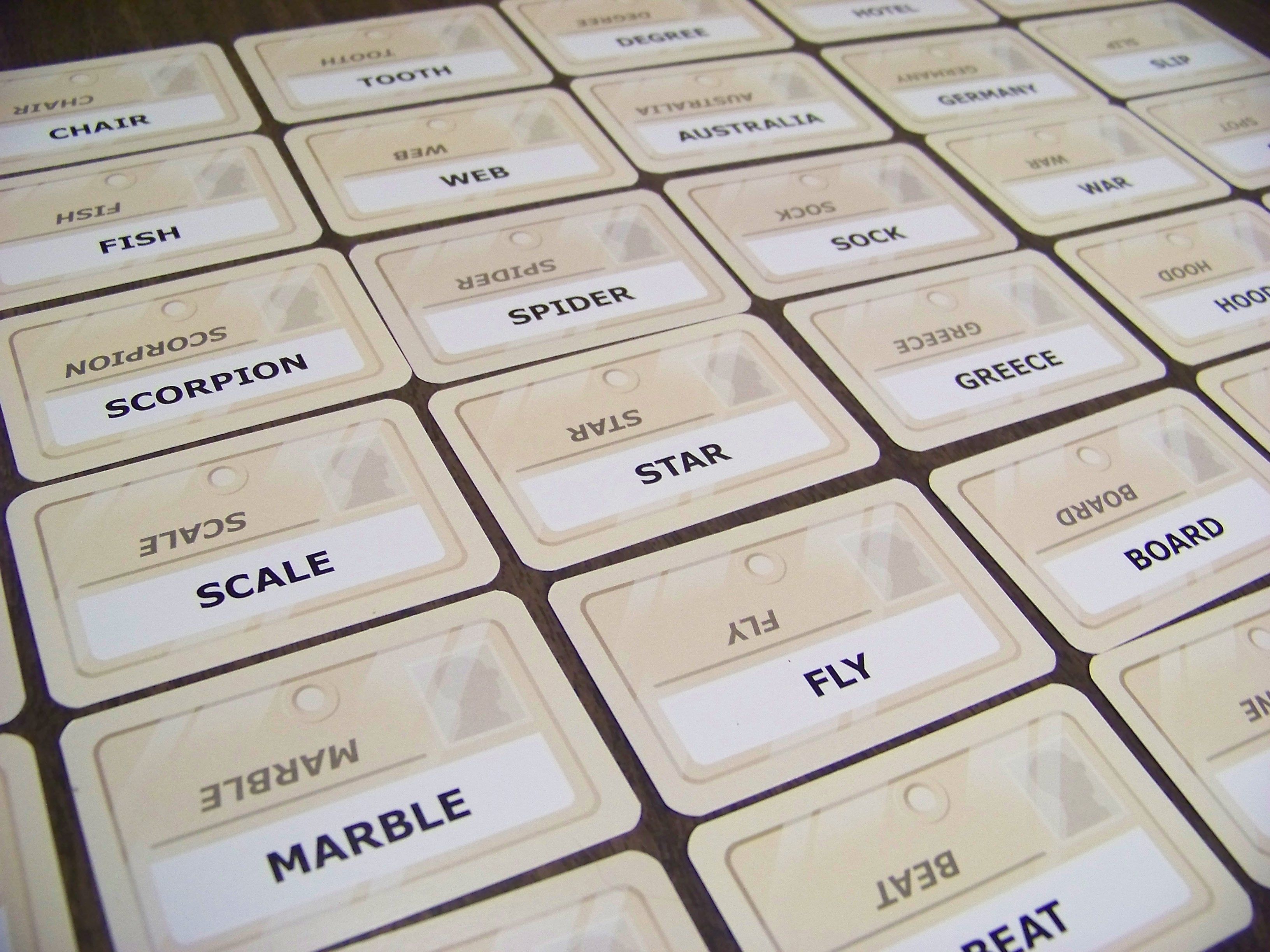
Measuring and analyzing the most frequently used words in BoardGameGeek game descriptions.
5/24/2017
Money can’t buy you happiness...but force and blackmail might.
Posted on 6/9/2017 by Tim Rice
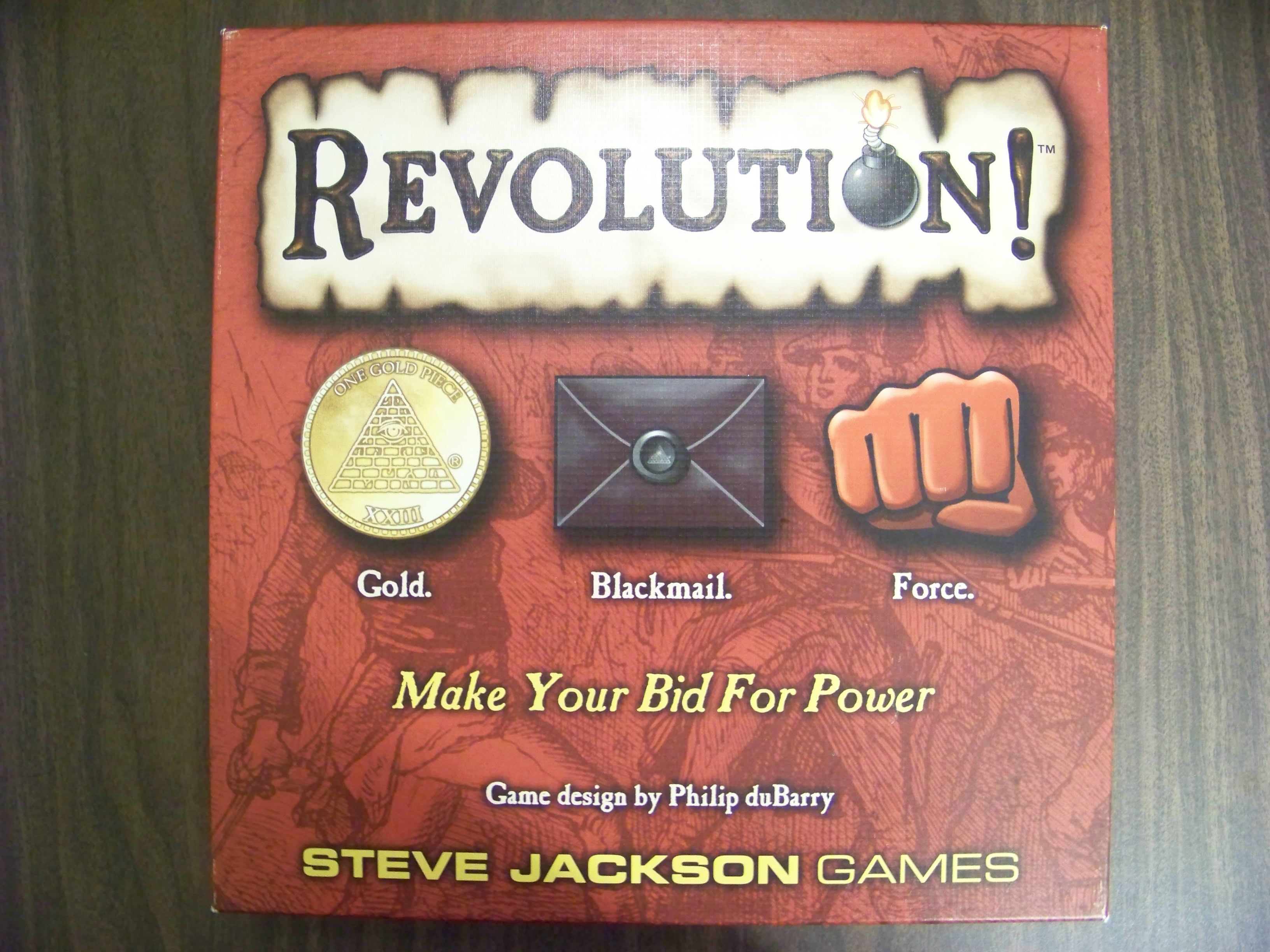
Have you ever wanted to take on the role of a power-hungry revolutionary? Does the idea of manipulating community leaders and developing a network of powerful influences excite you? Well, if by manipulating community leaders you mean placing tokens on a board, and by developing a network of powerful influences you mean placing cubes on a board, then Revolution! is the game for you!
Dumb jokes aside, this game is a clever design in an attractive package. It is a blind bidding game with an area control flavor, and this interesting blend of mechanisms makes for an interactive strategy game experience.
In the box you’ll find a central board with various locations and a support track, and bidding tokens of three different types (gold, blackmail, and force). Also, each player gets their own bidding board, shield, influence cubes, and a score marker.
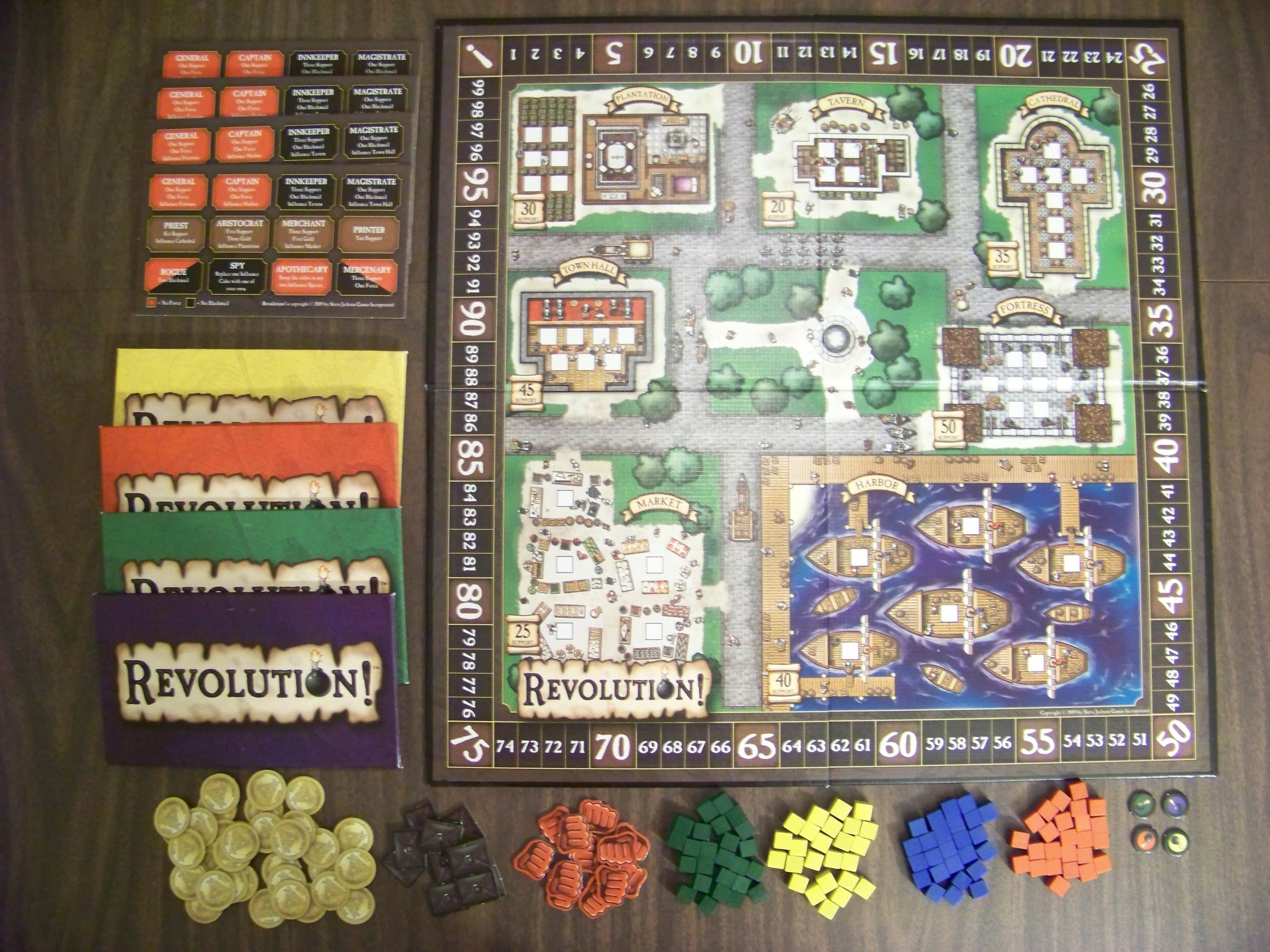
The game is played in rounds with phases that play out simultaneously, rather than in turns. The following four phases are repeated until the game ends:
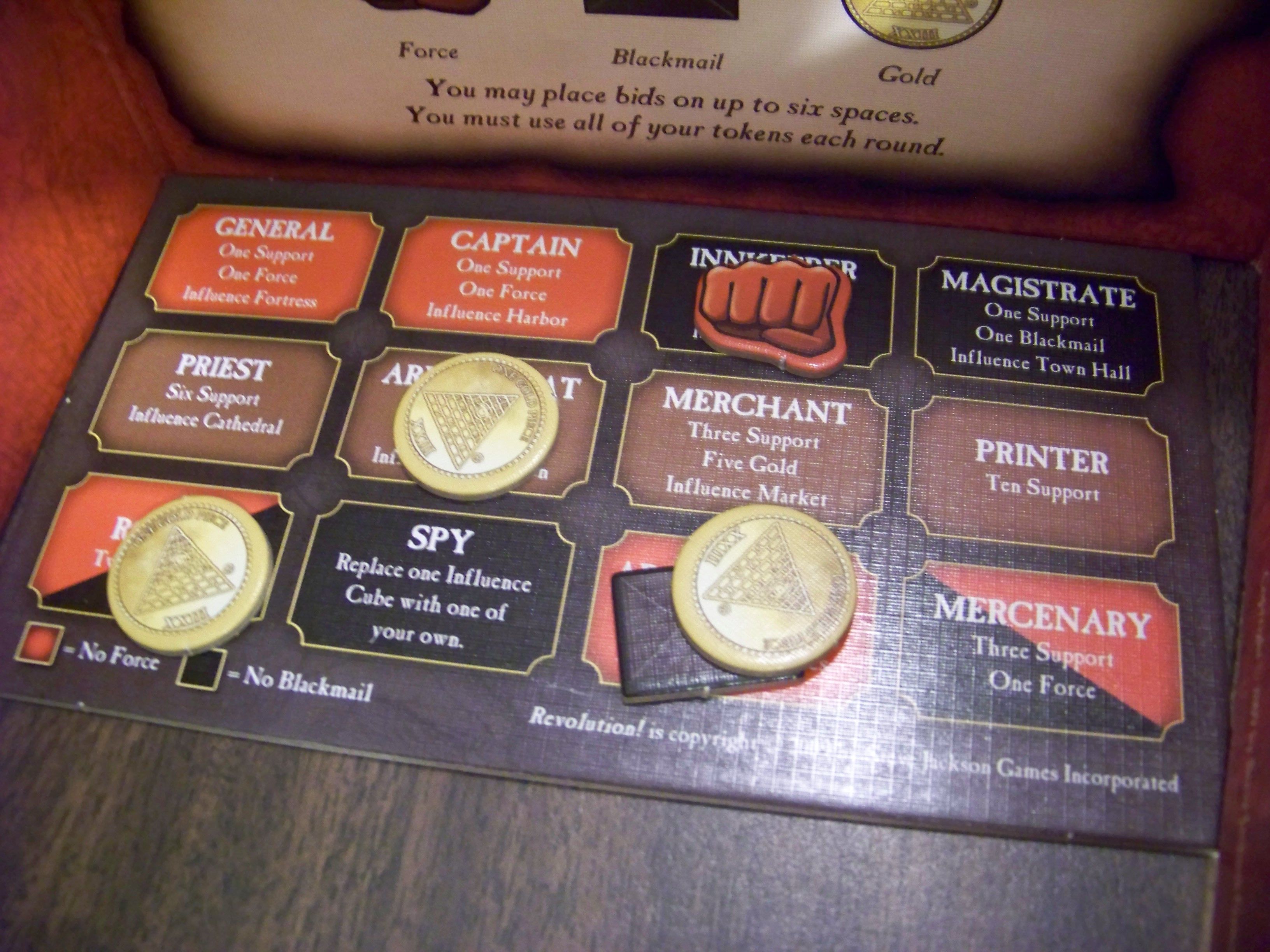
The game ends when every space on the gameboard is full. At that point, the locations are resolved. Whoever has the most cubes in each area wins the location’s corresponding support. The player with the most support (victory points) at the end wins.
Revolution! takes the engaging mechanic of blind bidding, captures the essence of what makes it fun, and provides a pure, streamlined experience. It hits a perfect balance because it is simple enough for new players to understand quickly, yet deep enough for experienced players to stay interested.
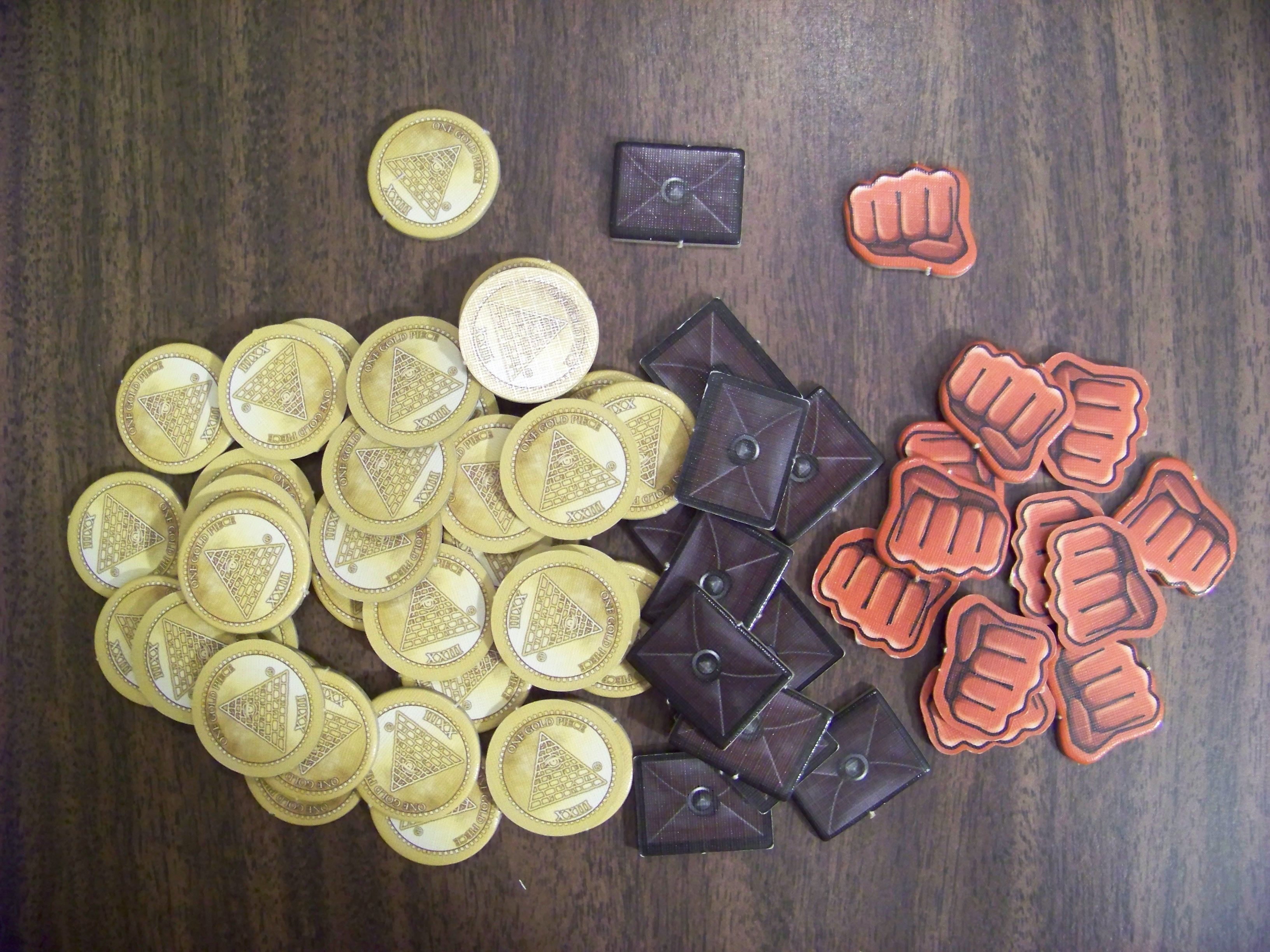
Every decision you make in this game is interactive. The strategy comes from figuring out what your opponents want, and how much they’re willing to pay for it. If you’re able to consistently guess which characters nobody else is going to bid on, you’ll likely win by getting those perks cheaply. Each turn requires multiple meaningful decisions, but it doesn’t force you to think too hard if you don’t want to. Putting some tokens down and seeing what happens can be just as fun.
For a game of this weight, it’s a bit surprising that luck does not play a significant role. There is certainly a large amount of uncertainty, and it can certainly feel chaotic at times, but the players do control everything that happens. Sure, at the beginning of the game when there is little to no information to go off of, it can feel somewhat random when you lose bids.
But once the game gets going, when you lose bids, it’s because you guessed wrong. Of course, keeping track of all the information and guessing right all the time is very difficult (ask any poker player). Sometimes you’re lucky to win one character in a round. But that’s one of the things that makes the mechanic so intriguing, and it’s not like losing one bid makes or breaks your chances of winning.
Like a lot of great gateway games, there is very little down time. Everyone is always engaged the entire way through, and there is an elegant progression to the end-game in the battle over control of the locations. The area control mechanisms in this game are almost too simple, but it works because anything more would detract from the main appeal of the game, which is the bidding.
All that being said, no game is perfect. The game only supports three and four players, which can be quite limiting at times. There are expansions which allow you to add more, but that will also add to the complexity (and the price).
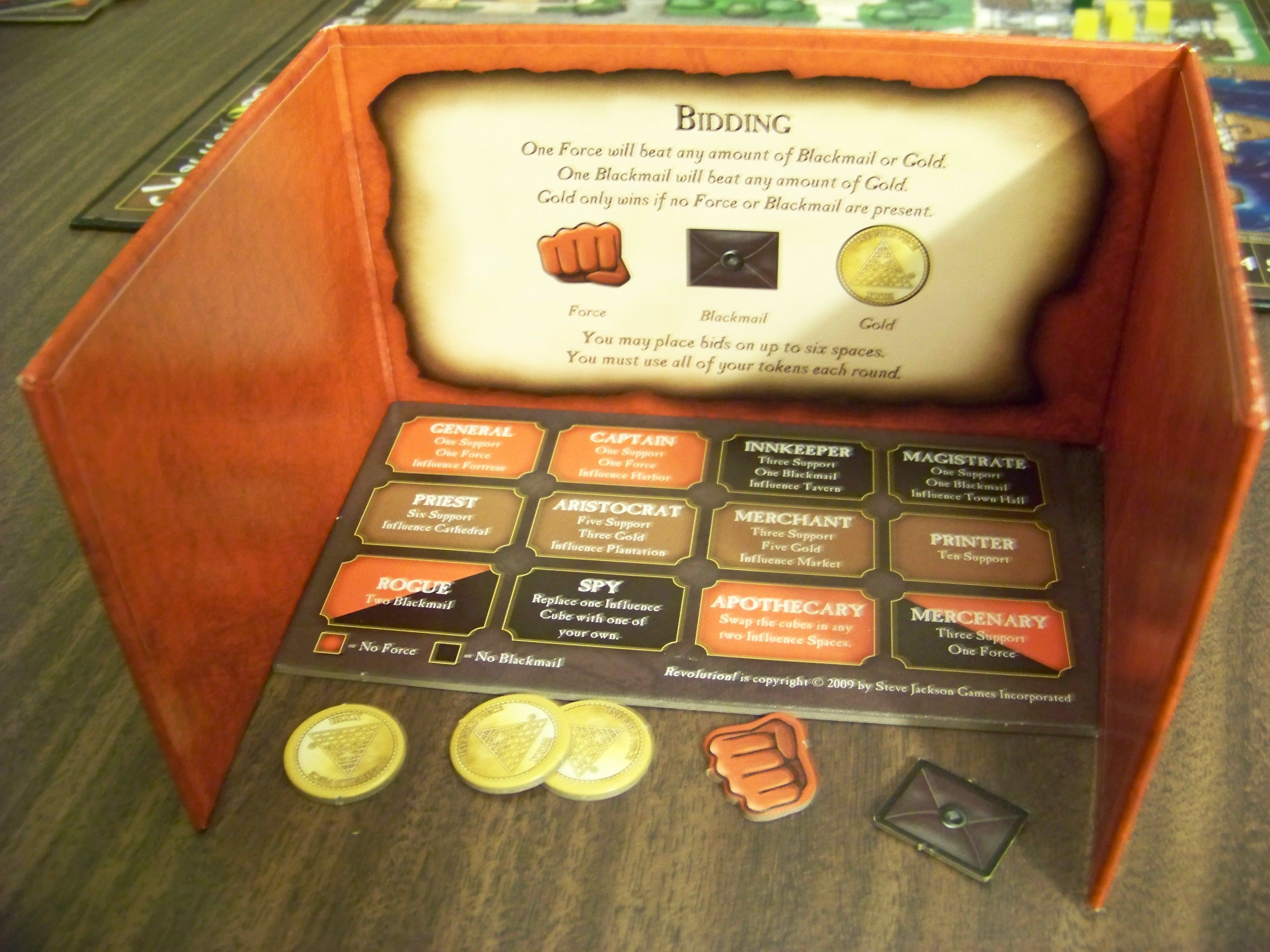
Also, there will probably be rounds where you win absolutely nothing, and that can feel pretty bad. A lot of the criticism I’ve heard about this game stems from this issue, and how much this will bother you really depends on your personality. If you’re the type of person who’s competitive, has a low tolerance for punishment, and likes to have a lot of control over your destiny in games, tread lightly with this one.
However, there is an official variant in the rules that helps with this problem where losing and tied bids go back to the player’s supply instead of being discarded. I don’t think the rule is necessary because I think there should be consequences for losing bids (it makes winning bids much more important and exciting), but the variant is there if you want it, and it does make the game a bit less mean.
The components look and feel great. The art on the board is attractive and colorful, the tokens are durable and easily distinguished, and the included screens are a great addition that work very well. Throughout the game, it’s easy and cool to look out and see which pockets of influence might still be vulnerable, and it conveys a great sense of progression.

The chosen theme of a colonial revolution fits reasonably well and they did a great job integrating it. At the end of the day though, it’s a mechanic-driven game. When I bid on the aristocrat, I’m not really thinking about blackmailing a nobleman, I’m thinking about how much I need to bid to get those sweet, sweet cubes, tokens, and victory points. Not that there’s anything wrong with that (I love me some cubes after all).
Revolution! is a finely crafted game that implements an underutilized mechanism expertly. It is not only consistently engaging, it’s also easy to understand, and that’s a tough balance to achieve. Out of all the medium-light weight euro games I’ve played, this one stands out because it’s unique and makes for a fresh experience. I’d definitely recommend trying it out.





Thanks for reading!